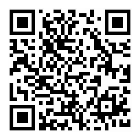For new readers and those who request to be “好友 good friends” please read my 公告栏 first
Others and I have written before on how to give talks http://blog.sciencenet.cn/home.php?mod=space&uid=1565&do=blog&id=1073547. But many of these advices are subjective. "Clear and simple" varies from person to person. On the other hand, objective rules are not subject to interpretations. For example,• No font less than 18 points on bullet points on a slide.• no more than 5 math symbols per talk et alBut such rules do not govern “content” which are certainly important in the success of a talk. In my previous article I gave one objective rule which governs content on slides. This is OR1 . Time to explain everything on a slide – you must be able to explain everything you put on a slide in the allotted time. Otherwise the material do not belong on the slide.
Note this rule also indirectly enforces the above mentioned rules about font sizes and the number of symbols that requires explanation that you may introduce. It is more useful and significant than it may superficially appear.Now I add two more such rules concerning content.OR 2. Slides must be Self-explanatory to a reader – ideally your slides should be SELF EXPLANATORY to your intended audience without requiring your accompanying speech or sideline help to make the content clear. Note by this I do not mean that you speech that goes with the talk is superfluous. Your talk adds further depths and insight. But the slides by themselves should be able to stand by themselves at the level of comprehension they command.There are two types of intended audiences you are trying to reach with the content of your slides. First, your intended audience may be “general audience” who wants to be educated and are interested in the societal significances of your talk. They are willing to accept certain assertions from you without necessarily understand the science behind them. For example, we accept that nothing can travel faster than the speed of light without understanding the theory of relativity. But we find the implications of this limit on space travel and communication fascinating (e.g., it takes at least 4.5 years for one way travel to the nearest star system even at the speed of light. It takes 8 hours to get a simple yes-no answer from Pluto.) The other type of your intended audience are experts or colleagues in your field of expertise. They are interested in “ what is the NEW idea in your talk?”. They may already be familiar with the basic scientific theory and facts of the subject of your talk. You are there to impress them with your unique knowledge and insight not your command of mathematics. Here again, I want your slides to be self explanatory with no or minimal help fromyou. This self-explanatory requirement helps making sure you put the right content on the slides from an audience-centered viewpoint. Let me reference a previous blog article of mine to help illustrate partially the points here. Essence of Engineering (2) – An Example 精选 http://blog.sciencenet.cn/home.php?mod=space&uid=1565&do=blog&id=1057130 The third objective rule on slide content is often forgotten and not practiced. This isOR 3. Improvement based on audience feedbackDuring and after a talk you often realize what you did wrong and can be improved. But how often and how many of us do go back to the slides and make necessary changes particularly if you know that you are not going to give the talk again. This step is important because it reminds us not to make such similar mistake next time



 1stGOST 34100.3.1-2017 GOST 34100.3.1-2017 Uncertainty of measurement. Part 3. Guide to the expression
1stGOST 34100.3.1-2017 GOST 34100.3.1-2017 Uncertainty of measurement. Part 3. Guide to the expression
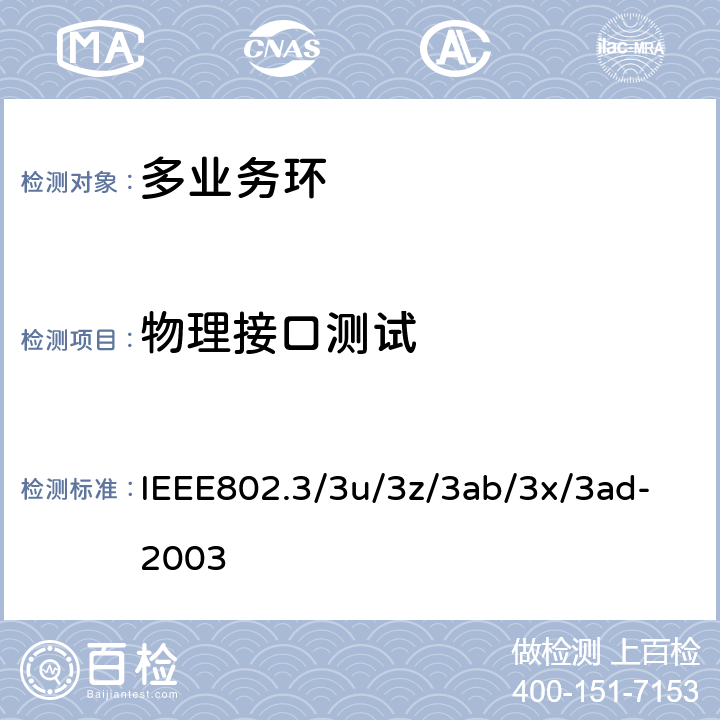
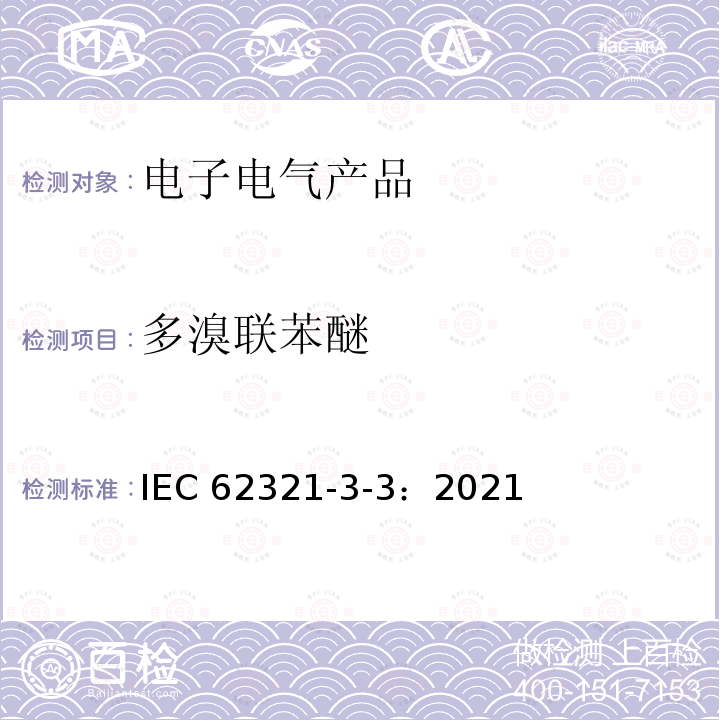
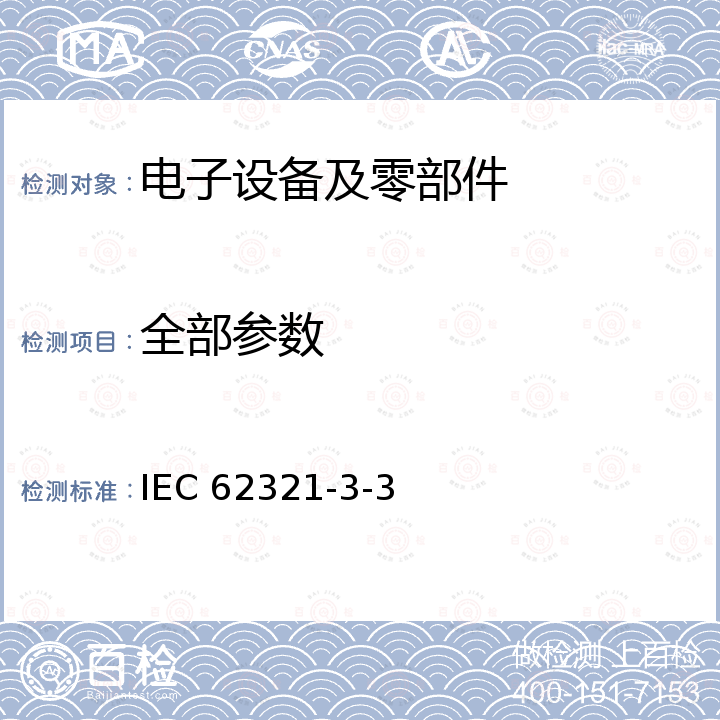

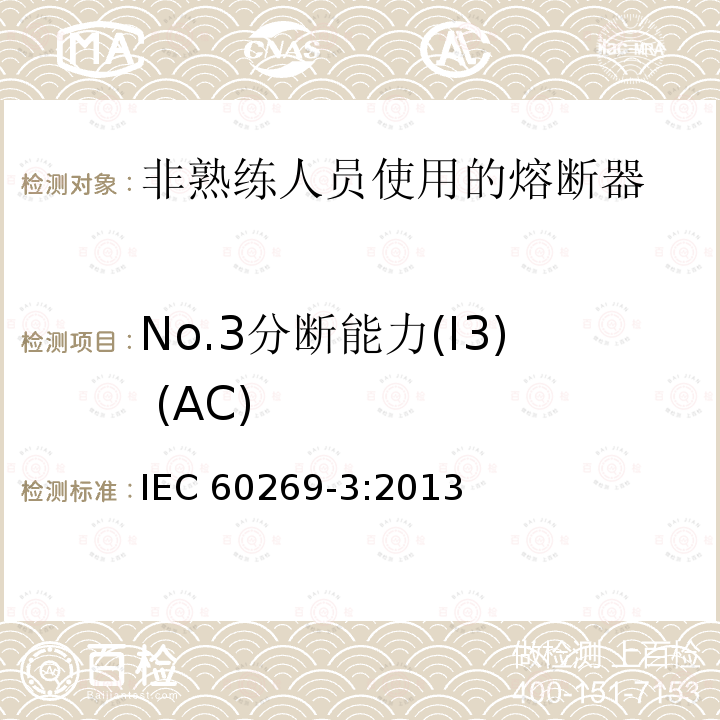
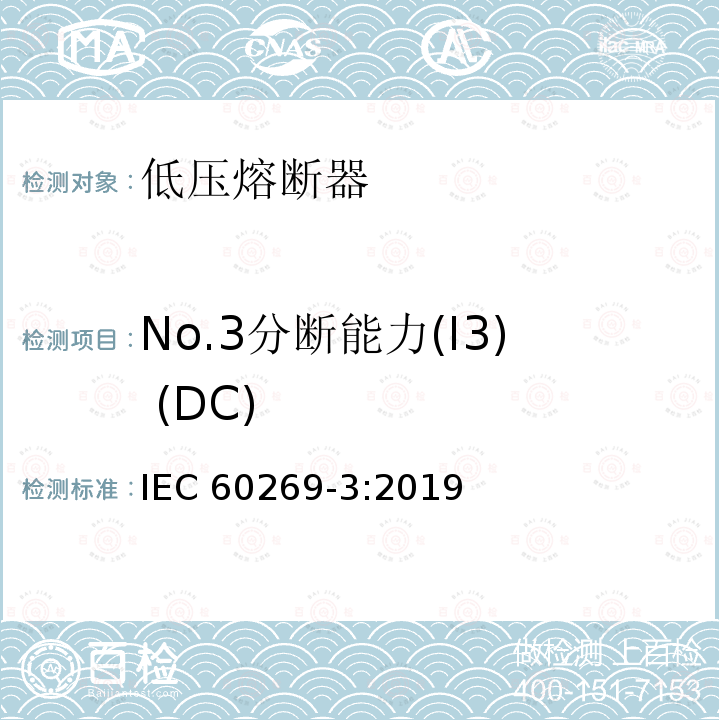

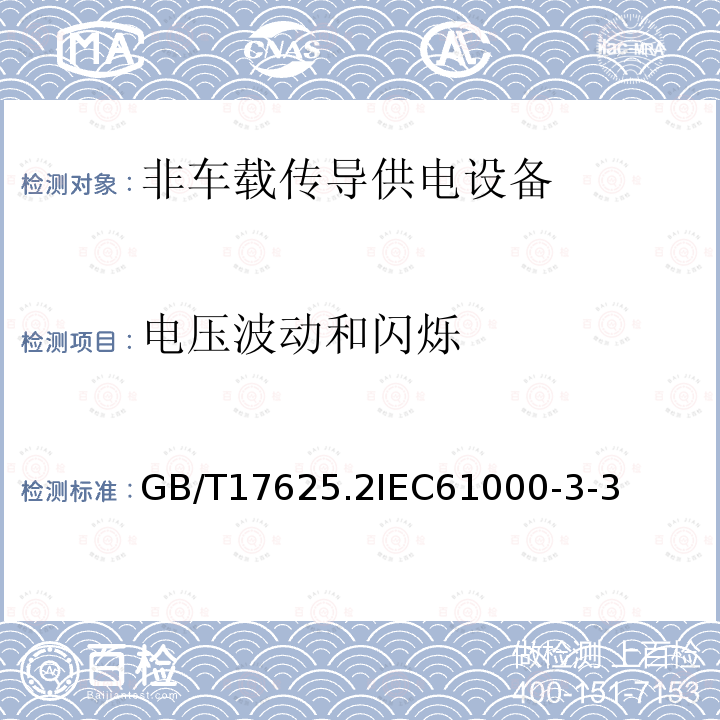




 400-101-7153
400-101-7153 15201733840
15201733840